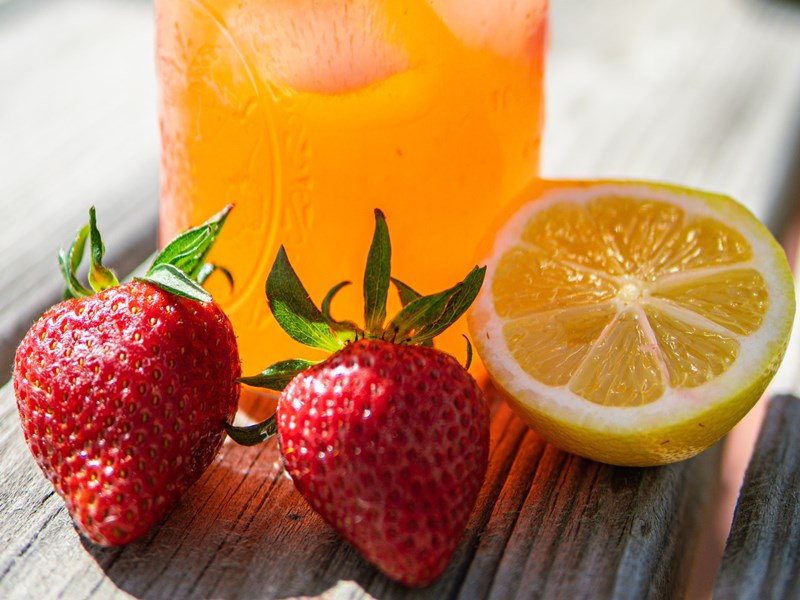When Chard is Not the Only Gift
Maggie Kolk is our board secretary, and she and her husband, Jack, oversee Avant Garden in Benicia. Maggie is currently working on her Master Gardener certification, and wrote this blog for the UCCE Master Gardeners’ Under the Solano Sun, where it was first published. We loved this story of connection at Avant Garden so much that we are republishing it here with Maggie’s permission. We join Maggie in inviting you to visit Avant Garden!
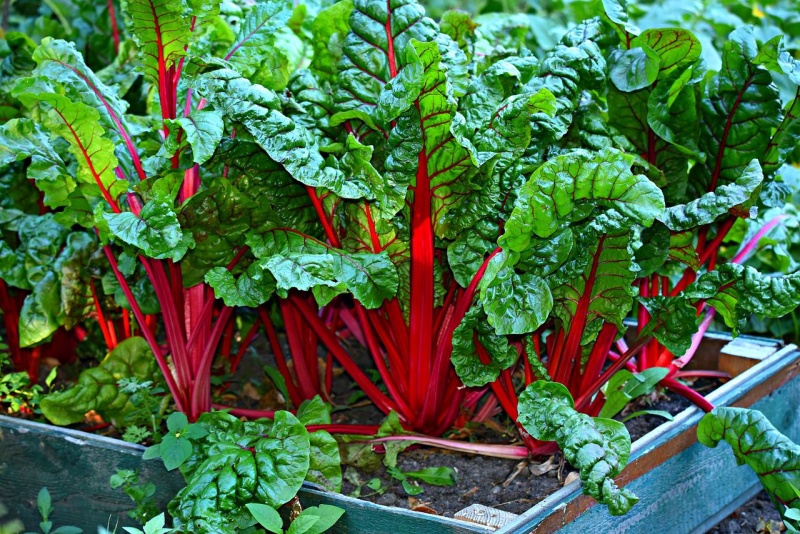
“I would love to have some of that beautiful chard” a small voice called out as I was locking the shed at Avant Garden, where I volunteer as the garden coordinator. The sun was setting over the Carquinez Strait, the infamous Benicia wind was picking up as the temperature was quickly dropping. I wanted to lock up and get home. When I looked up, I recognized a slight, elderly woman pushing her poodle in a dog stroller. I had seen her many times before and always smiled and said hello, but she never acknowledged my greeting. “I would be happy to gather some for you,” I called out as I walked toward the garden fence to talk with her. She shook her head and touched her right ear. As I got closer, she said, again pointing to her ear, “I can’t hear, I’m deaf.” Well, that explained why she never returned my greeting! Leaning over the fence, I was close enough for her to read my lips. I again offered to gather some of the garden’s chard for her. I explained that at Avant Community Garden, in addition to individually “owned” members’ raised beds, we also plant a “share plot” where we grow veggies for the Benicia community, and she was more than welcome to share in our bounty. She gladly accepted and I gathered a bunch of beautiful crisp red and yellow striped chard, bagged it, and handed it to her.
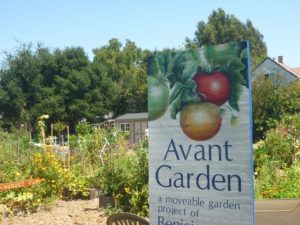 In a lovely British accent, she then proclaimed that what I had just done by giving her the chard was the highlight of her day. “You see, what is happening in Ukraine has brought back so many terrible memories.” With tears in her eyes, she went on to explain that as a child in London she lived through the Nazi bombing known as the Blitz and had spent days underground with her family trying to survive. She was about to celebrate her 89th birthday and she could not believe that she lived to see the horrors of war in Europe again. But the beautiful chard … she would go home and call her family in the UK and tell them what a wonderful gift she had just received. As she parted (yes, I had tears in my eyes now) with her little dog and bag of Swiss chard, I asked her name (Julia) and assured her that any time she saw me in the garden she was welcome to stop by for a chat, chard or any other goodie we might have growing at Avant Garden … and she does! That day, Julia herself was a gift to me. For the last five years that I have been volunteering as garden coordinator, I never know who or what gift will present itself, but I know I will be surprised and grateful.
In a lovely British accent, she then proclaimed that what I had just done by giving her the chard was the highlight of her day. “You see, what is happening in Ukraine has brought back so many terrible memories.” With tears in her eyes, she went on to explain that as a child in London she lived through the Nazi bombing known as the Blitz and had spent days underground with her family trying to survive. She was about to celebrate her 89th birthday and she could not believe that she lived to see the horrors of war in Europe again. But the beautiful chard … she would go home and call her family in the UK and tell them what a wonderful gift she had just received. As she parted (yes, I had tears in my eyes now) with her little dog and bag of Swiss chard, I asked her name (Julia) and assured her that any time she saw me in the garden she was welcome to stop by for a chat, chard or any other goodie we might have growing at Avant Garden … and she does! That day, Julia herself was a gift to me. For the last five years that I have been volunteering as garden coordinator, I never know who or what gift will present itself, but I know I will be surprised and grateful.
The share plot soil has been prepared and amended, the tomatoes, peppers, zucchini, yellow squash, eggplant, and basil planted, the drip lines secured and the timer set. It won’t be long before the zucchini is ready for harvest and we can begin sharing the summer bounty with Julia and the others in our community. Avant, one of two Benicia Community Gardens, is located on First & D Streets in Benicia and welcomes visitors to stop by to enjoy our lovely garden, relax under the oak tree and chat with our neighbor’s very friendly chickens.


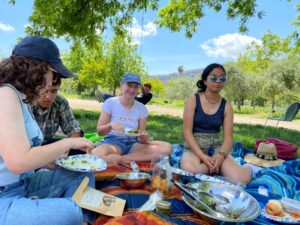 On the first day of class, I cooked tofu stir fry with rice. The preparation of the meal went rather smoothly. Other than a few near mishaps with a knife and the flame on the kitchen stove, everyone walked out with all ten fingers and eyebrows intact. I sat at the table anxiously awaiting our meal. There was not a chicken tender or bottle of ketchup in sight. But the moment that I picked up my fork and reluctantly shoveled the concoction of onions, carrots, spinach, and celery into my mouth, my mouth curled up when I began to chew. It was pretty good! With just a little taste, my love for cooking came to fruition and it provided a new outlet to relieve my stress. And with a little bit of practice and patience, however, cooking became less daunting and more enjoyable. Being able to cook my own food and making an effort to eat sustainably also had a positive impact on my health. I also shared my affinity for cooking with my family as I became in charge of making Saturday night dinners. The sly looks that I once received at the dinner table were replaced with hearty laughter and the sound of our mouths voraciously eating our food.
On the first day of class, I cooked tofu stir fry with rice. The preparation of the meal went rather smoothly. Other than a few near mishaps with a knife and the flame on the kitchen stove, everyone walked out with all ten fingers and eyebrows intact. I sat at the table anxiously awaiting our meal. There was not a chicken tender or bottle of ketchup in sight. But the moment that I picked up my fork and reluctantly shoveled the concoction of onions, carrots, spinach, and celery into my mouth, my mouth curled up when I began to chew. It was pretty good! With just a little taste, my love for cooking came to fruition and it provided a new outlet to relieve my stress. And with a little bit of practice and patience, however, cooking became less daunting and more enjoyable. Being able to cook my own food and making an effort to eat sustainably also had a positive impact on my health. I also shared my affinity for cooking with my family as I became in charge of making Saturday night dinners. The sly looks that I once received at the dinner table were replaced with hearty laughter and the sound of our mouths voraciously eating our food.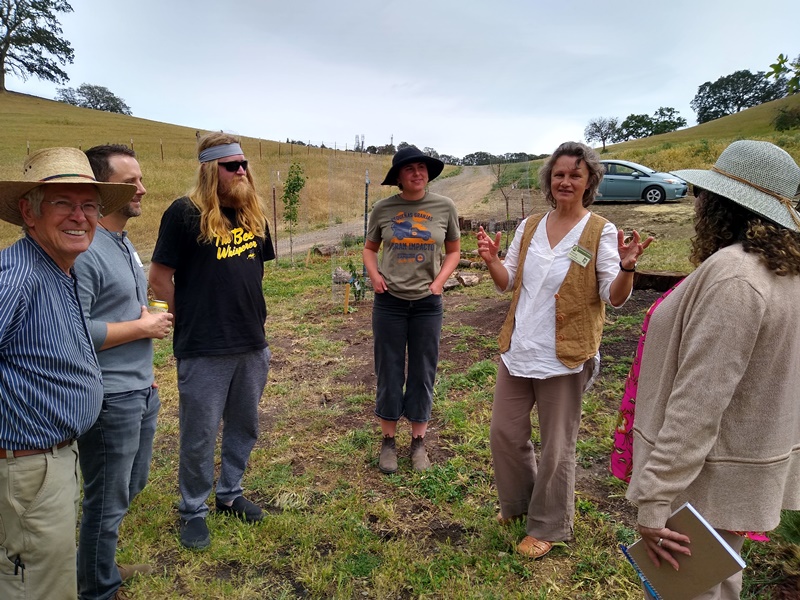
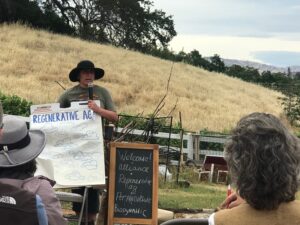 The crowd did its best to answer the question. Regenerative agriculture is ancestral traditions, self-sustaining, biodiversity, organic, no waste, healing, no till, place-based, nutrient-dense, abundant, soil-building, interdependence … the list had more than 25 suggestions.
The crowd did its best to answer the question. Regenerative agriculture is ancestral traditions, self-sustaining, biodiversity, organic, no waste, healing, no till, place-based, nutrient-dense, abundant, soil-building, interdependence … the list had more than 25 suggestions.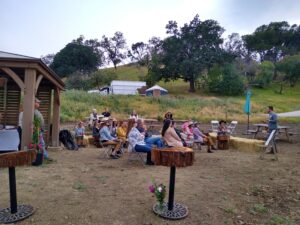 The event was held at the farm site of
The event was held at the farm site of 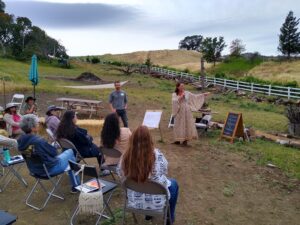 Property owner Shea McGuire said the hope is to instill stewardship in the Pleasant Valley School students, giving them an understanding that they are part of the ecosystem and to “keep the noise of the world out of childhood.” Elena and Shea signed the partnership agreement for the demonstration project at the beginning of the meeting. We invite you to join us for a
Property owner Shea McGuire said the hope is to instill stewardship in the Pleasant Valley School students, giving them an understanding that they are part of the ecosystem and to “keep the noise of the world out of childhood.” Elena and Shea signed the partnership agreement for the demonstration project at the beginning of the meeting. We invite you to join us for a 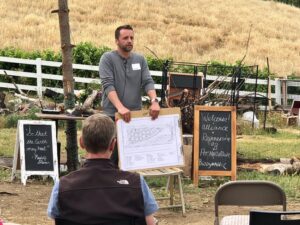
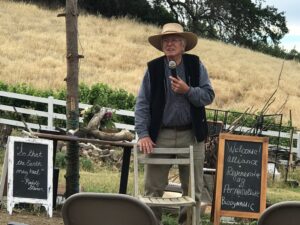 Harald Hoven, a retired biodynamic farmer who still
Harald Hoven, a retired biodynamic farmer who still 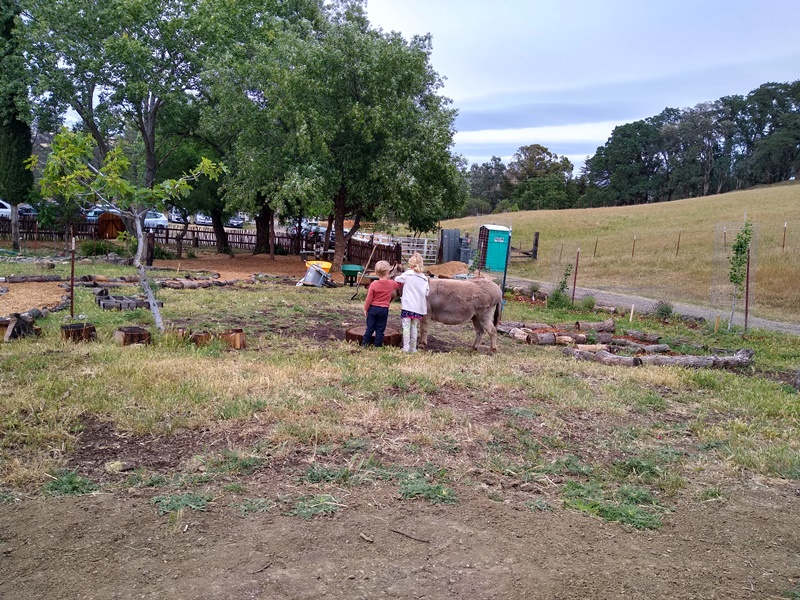
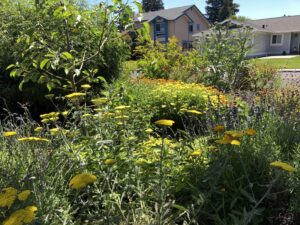 This garden was a front lawn conversion in 2019. It is filled with vegetables, fruits, herbs and more, building healthy soil and harvesting water from the roof.
This garden was a front lawn conversion in 2019. It is filled with vegetables, fruits, herbs and more, building healthy soil and harvesting water from the roof.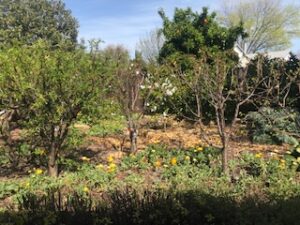 Installed in 2017, this backyard food forest has 21 fruit trees pruned annually to 5 feet, making it easier to access the fruit. The majority of the trees are watered by rain funneled into a swale, while others are watered from the laundry-to-landscape greywater system. An automatic drip system is used during the dry periods. All the fruits are shared with neighbors, friends and family. Additional plantings of salvia and calendula draw in honey bees and hummingbirds.
Installed in 2017, this backyard food forest has 21 fruit trees pruned annually to 5 feet, making it easier to access the fruit. The majority of the trees are watered by rain funneled into a swale, while others are watered from the laundry-to-landscape greywater system. An automatic drip system is used during the dry periods. All the fruits are shared with neighbors, friends and family. Additional plantings of salvia and calendula draw in honey bees and hummingbirds.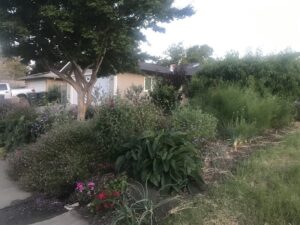 This food forest garden was a front yard lawn conversion and displays what can be accomplished in less than 18 months.
This food forest garden was a front yard lawn conversion and displays what can be accomplished in less than 18 months.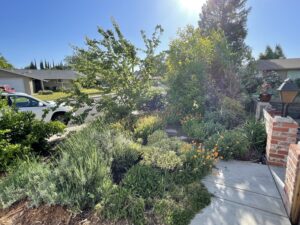 This garden has eight thriving fruit trees in a small front yard, as well as a plethora of herbaceous and shrub plants. The vegetation is watered through a combination of swales that collect rainwater, greywater from the laundry, and (rarely utilized) drip irrigation. The yard has, like any good forest should, taken on a life and energy of its own, constantly changing and morphing year over year, but never failing to provide the residents, neighbors, and several local food banks with fruits and vegetables.
This garden has eight thriving fruit trees in a small front yard, as well as a plethora of herbaceous and shrub plants. The vegetation is watered through a combination of swales that collect rainwater, greywater from the laundry, and (rarely utilized) drip irrigation. The yard has, like any good forest should, taken on a life and energy of its own, constantly changing and morphing year over year, but never failing to provide the residents, neighbors, and several local food banks with fruits and vegetables.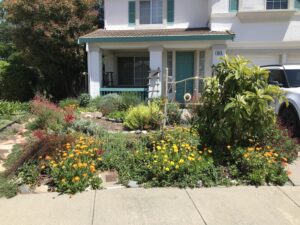 This three-year-old front yard garden welcomes the neighborhood to pick as they please. The yard extends to the backyard with pollinator plants intermixed with edibles, chickens, repurposed items, a native sedge field and so much more. This yard integrates systems to benefit the whole property.
This three-year-old front yard garden welcomes the neighborhood to pick as they please. The yard extends to the backyard with pollinator plants intermixed with edibles, chickens, repurposed items, a native sedge field and so much more. This yard integrates systems to benefit the whole property.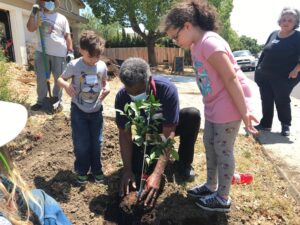 This newly established front yard garden was installed in May 2021 with the focus on growing food and a desire to share with neighbors. A large swale in the front wraps around the yard and supports fruit trees and pollinators.
This newly established front yard garden was installed in May 2021 with the focus on growing food and a desire to share with neighbors. A large swale in the front wraps around the yard and supports fruit trees and pollinators.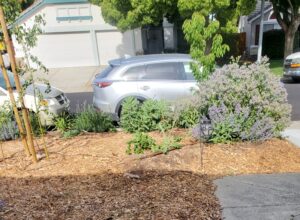 This small, beautiful, low maintenance front yard garden offers easy access to culinary herbs and three fruit tree guilds supported with yarrow, comfrey and borage.
This small, beautiful, low maintenance front yard garden offers easy access to culinary herbs and three fruit tree guilds supported with yarrow, comfrey and borage.